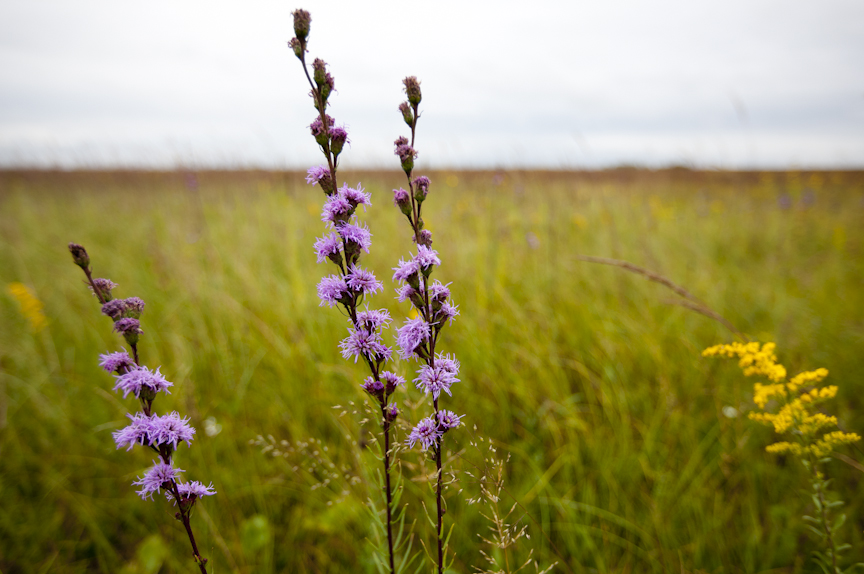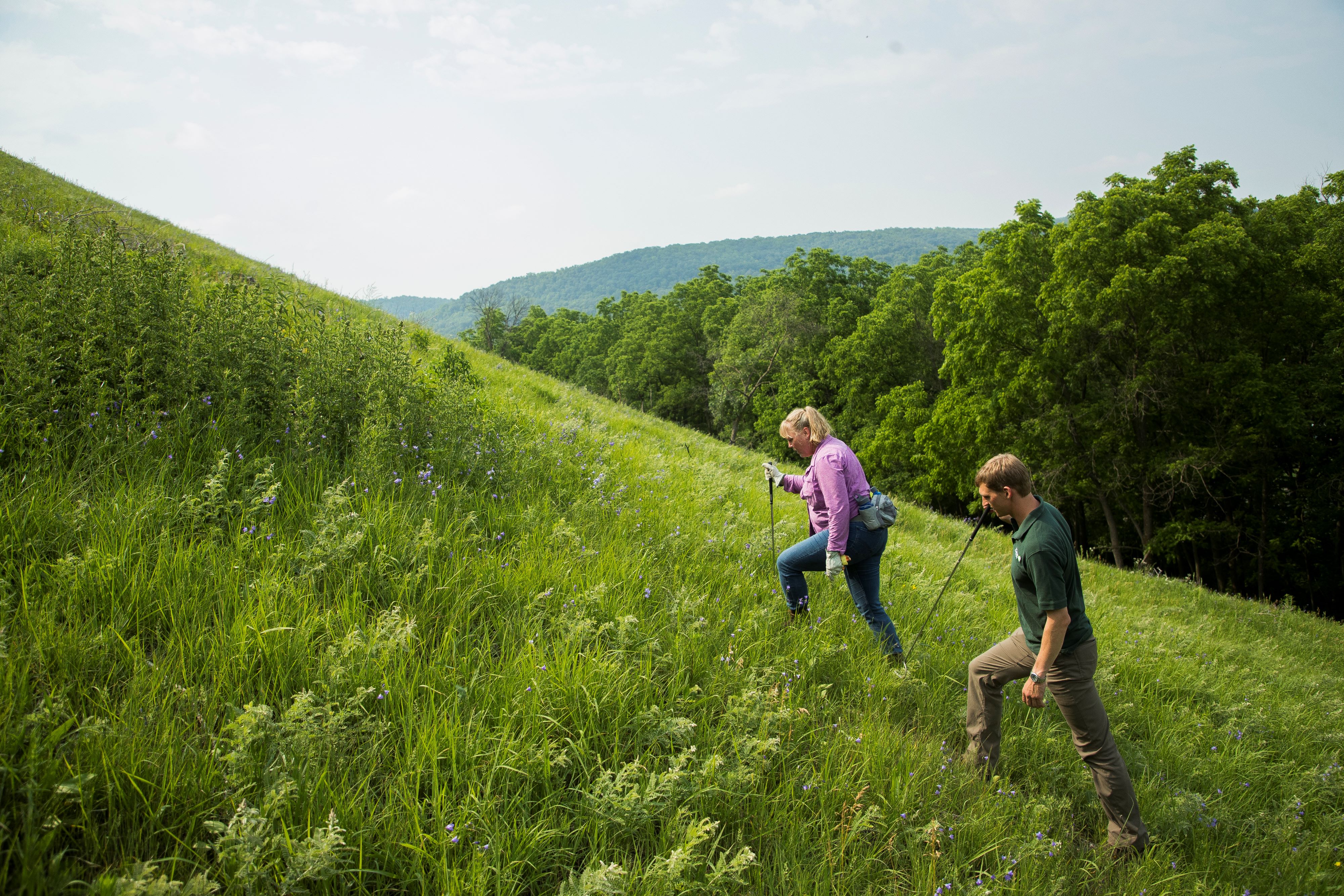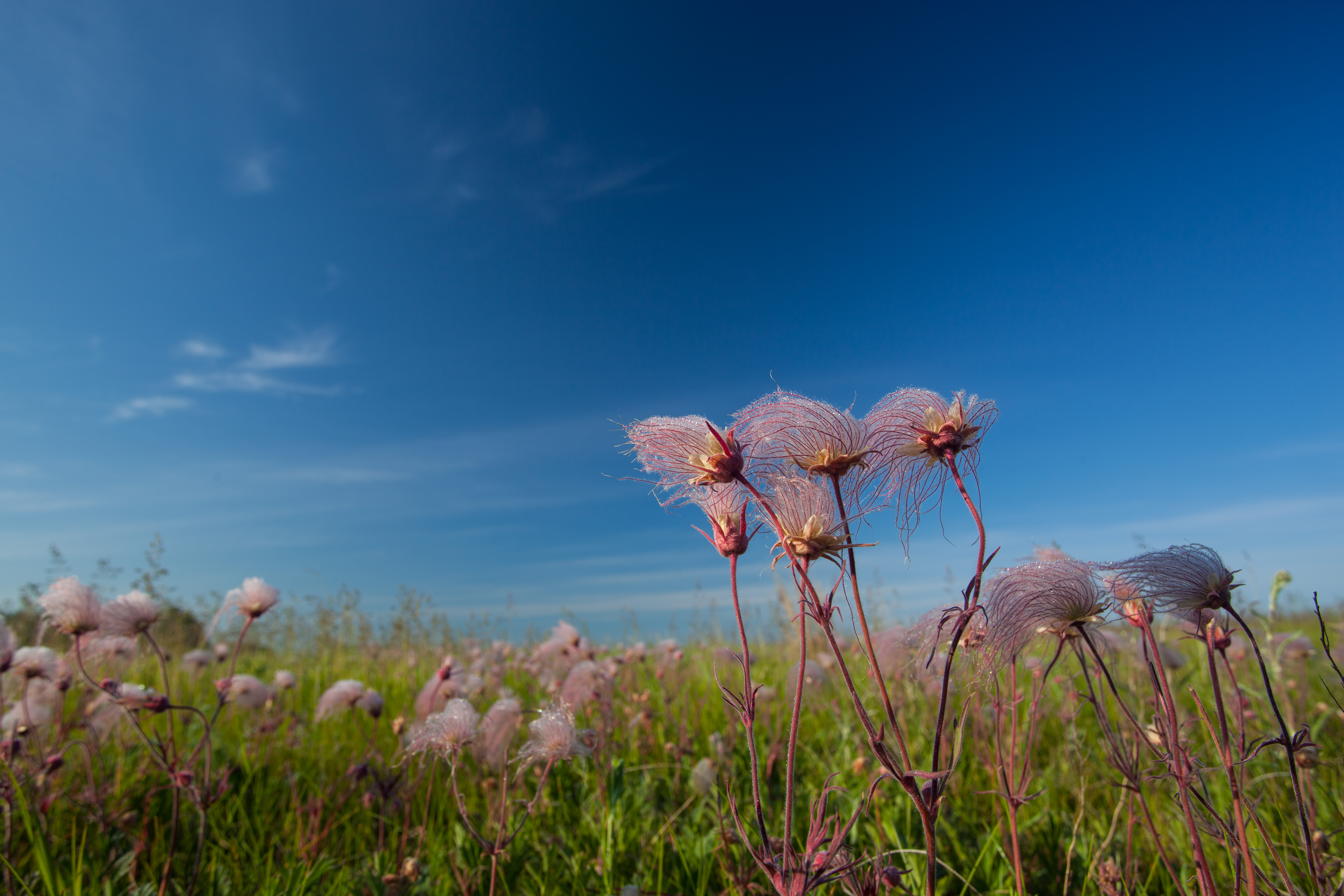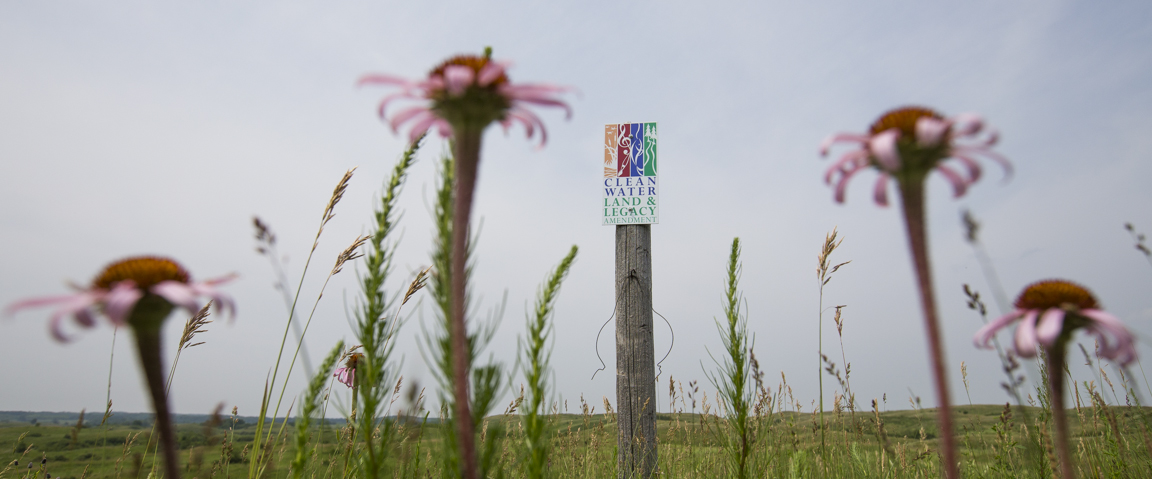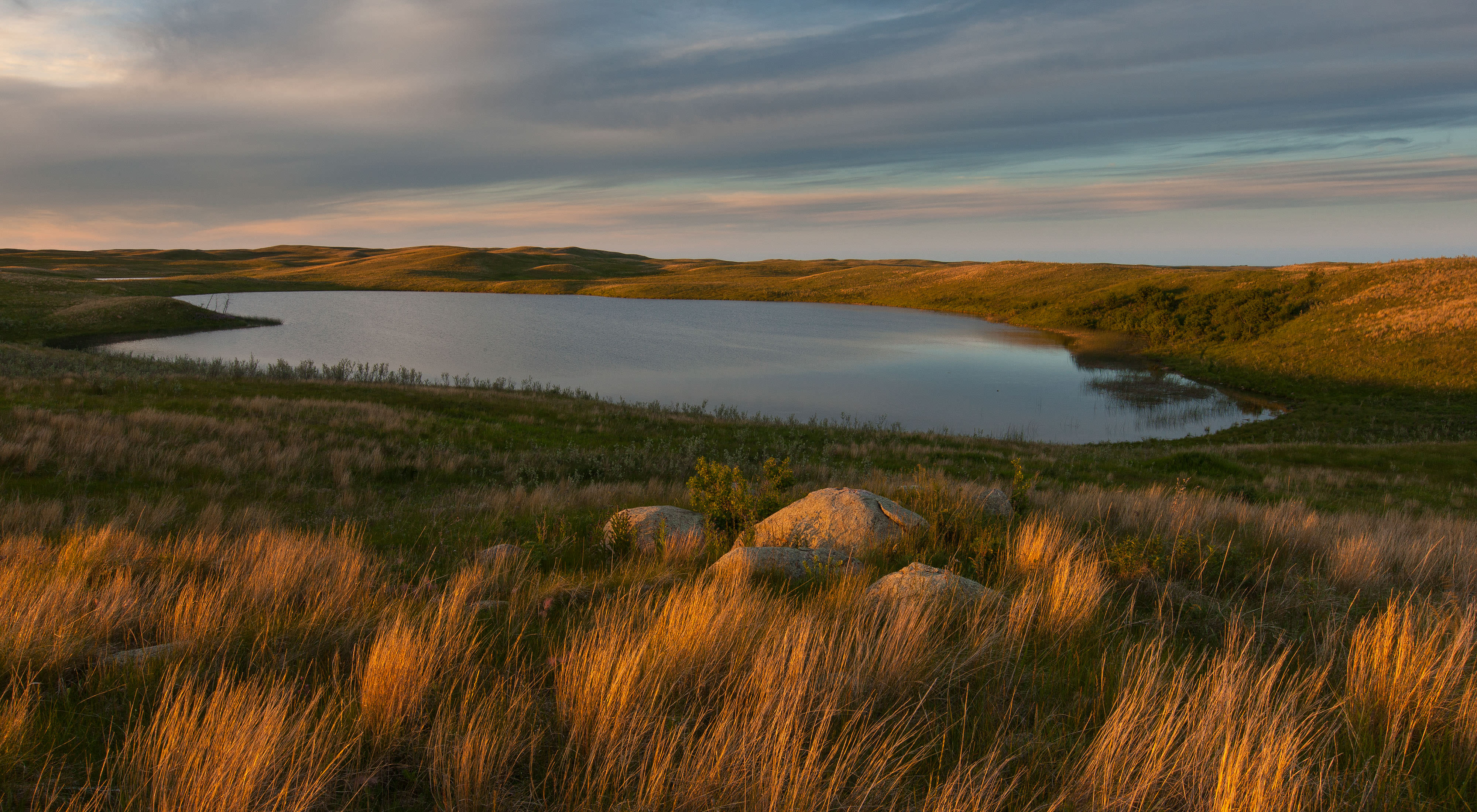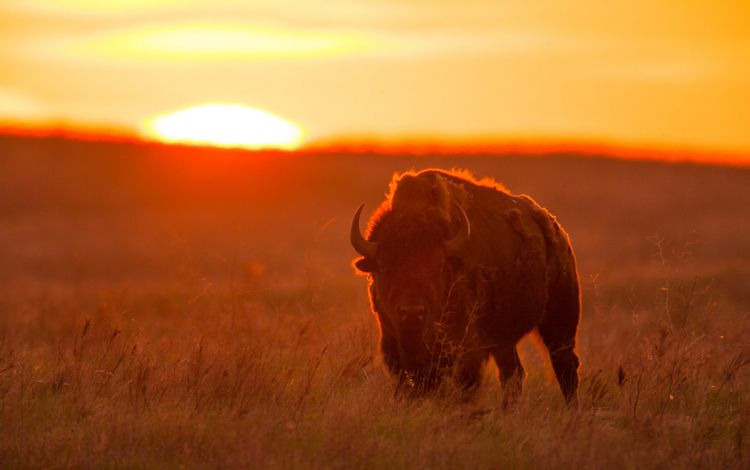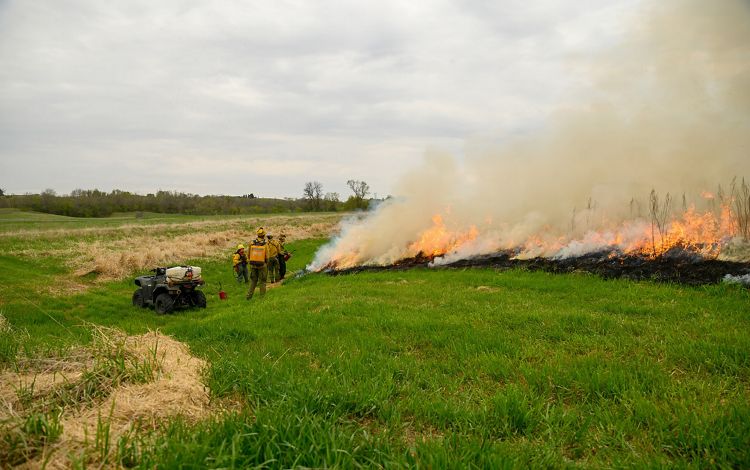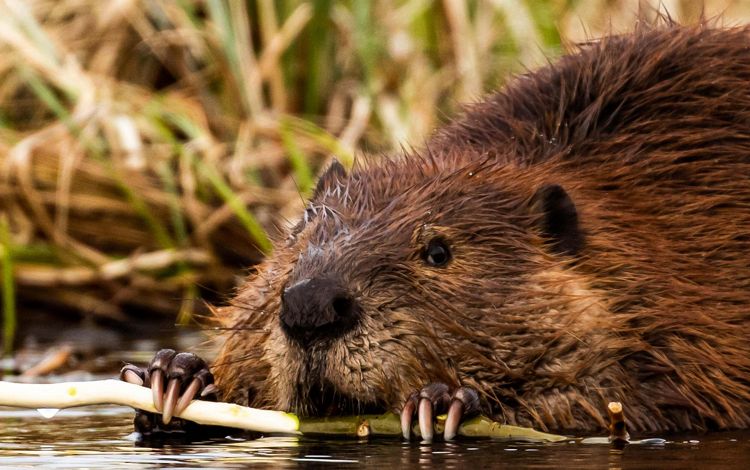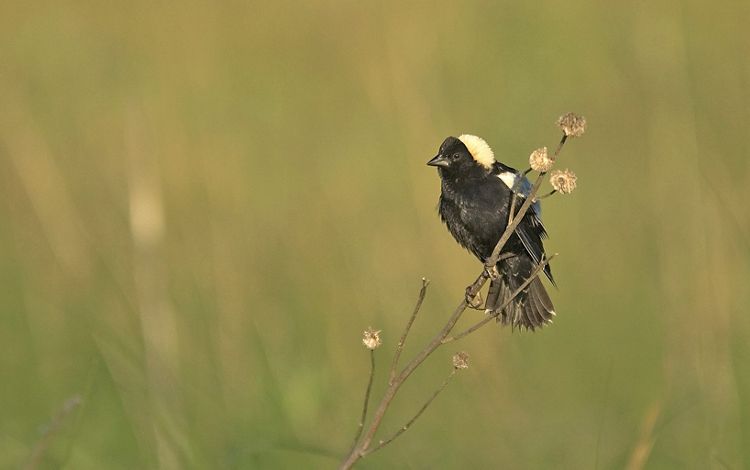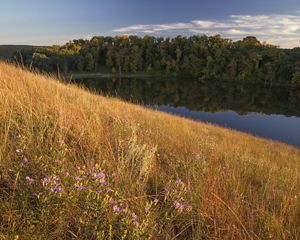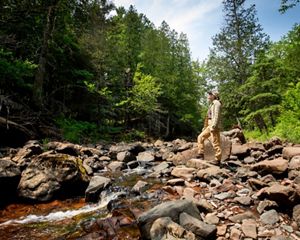Grasslands: Where Resilience Takes Root
Among the most at-risk ecosystems on Earth, grasslands offer climate solutions, vital habitat and a way of life.
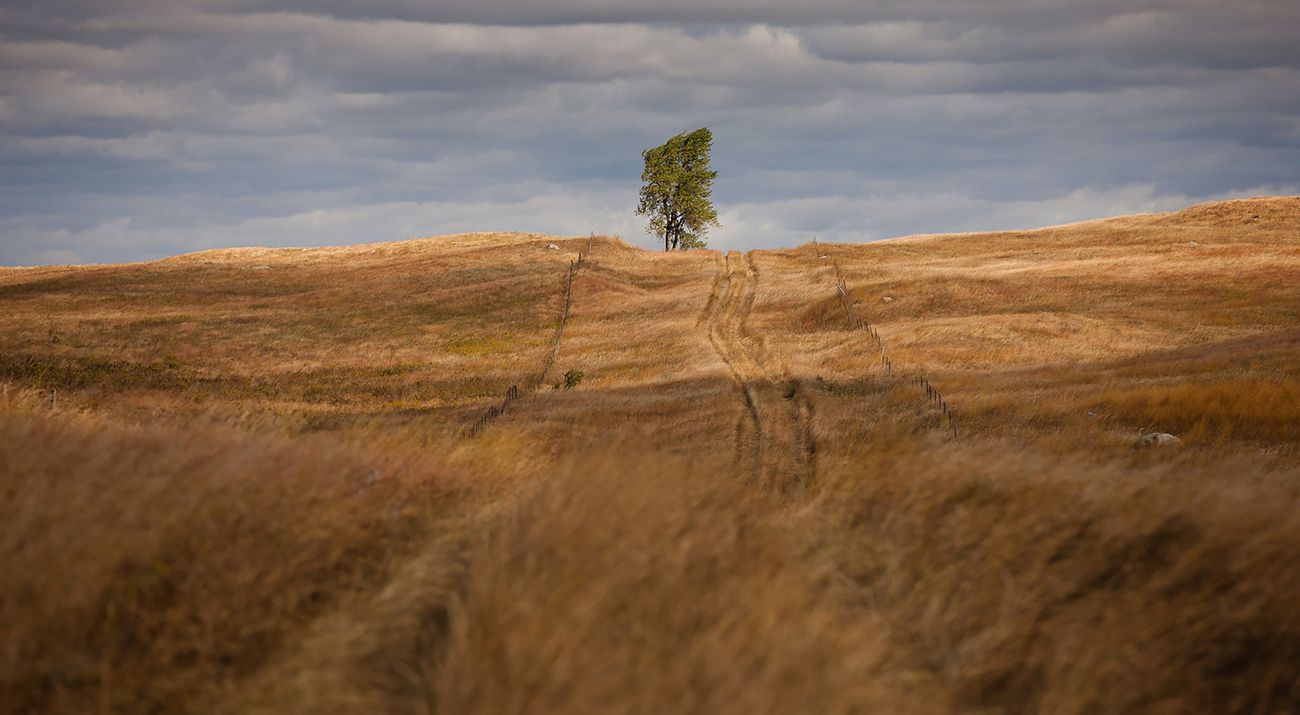
Grasslands once stretched unimpeded from North Dakota to Texas, extending into Canada and Mexico. These vast seas of prairie were home to enormous biodiversity: switchgrass, bluestem, meadowlarks, bobolinks, bison, badgers, prairie chickens, butterflies and so much more thrived in these habitats. Deep roots enabled a sprawling underground ecosystem, which enriched the soil, filtered water and held carbon for centuries.
Today, much of North America’s original grasslands have been lost to agricultural, industrial and residential development. But those that remain continue to provide for people and nature alike. Across the Great Plains, grasslands are helping to keep water clean, supply nutrition for livestock, offer rich opportunities for recreation, and provide habitat for wildlife and pollinators.
Grasslands in the Region
Minnesota, North Dakota and South Dakota
-
96%
Most of the northern tallgrass prairie has been lost to conversion. It once covered parts of western Minnesota and eastern North and South Dakota.
-
50%
Half of the mixed-grass prairies in the northwest Great Plains, including North Dakota and South Dakota, have been lost to conversion.
-
700M
Across 31 species, 700 million grassland birds have been lost since 1970—a 53% decline in total population.
-
100M
The Nature Conservancy has a goal of helping protect 100 million acres of grasslands across the Great Plains to benefit people and nature.
Here’s what we’re doing to protect and enhance this treasured ecosystem for all its inhabitants—two-legged, many-legged, rooted and rambling.
How we’re helping
-
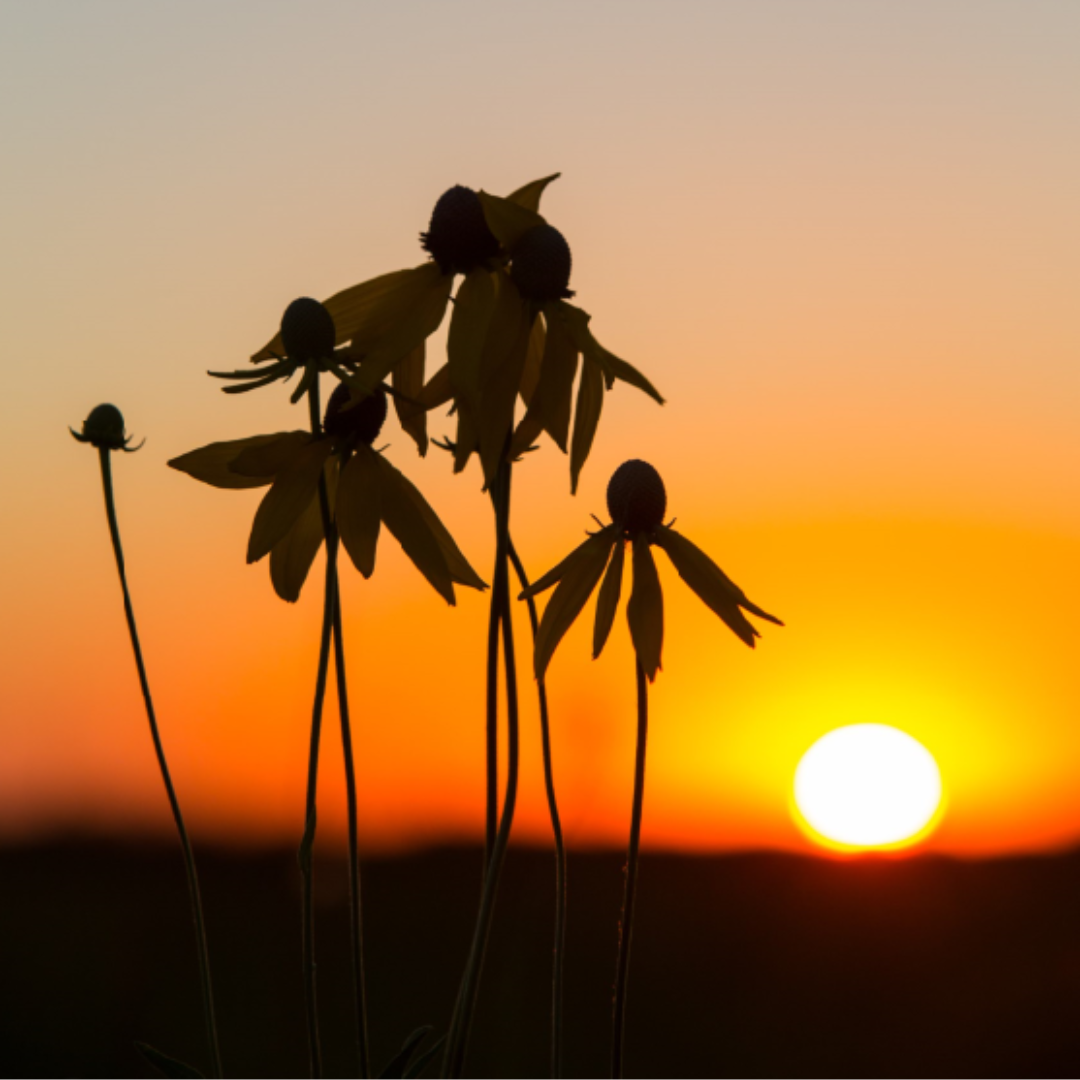
Protecting & restoring grasslands.
We’re working to preserve remaining grasslands and restore what has been lost. Learn more
-

Supporting biodiversity & resilience.
We’re reconnecting habitat, rehabilitating prairie streams and supporting ranchers to keep grazing animals on grasslands. Learn more
-
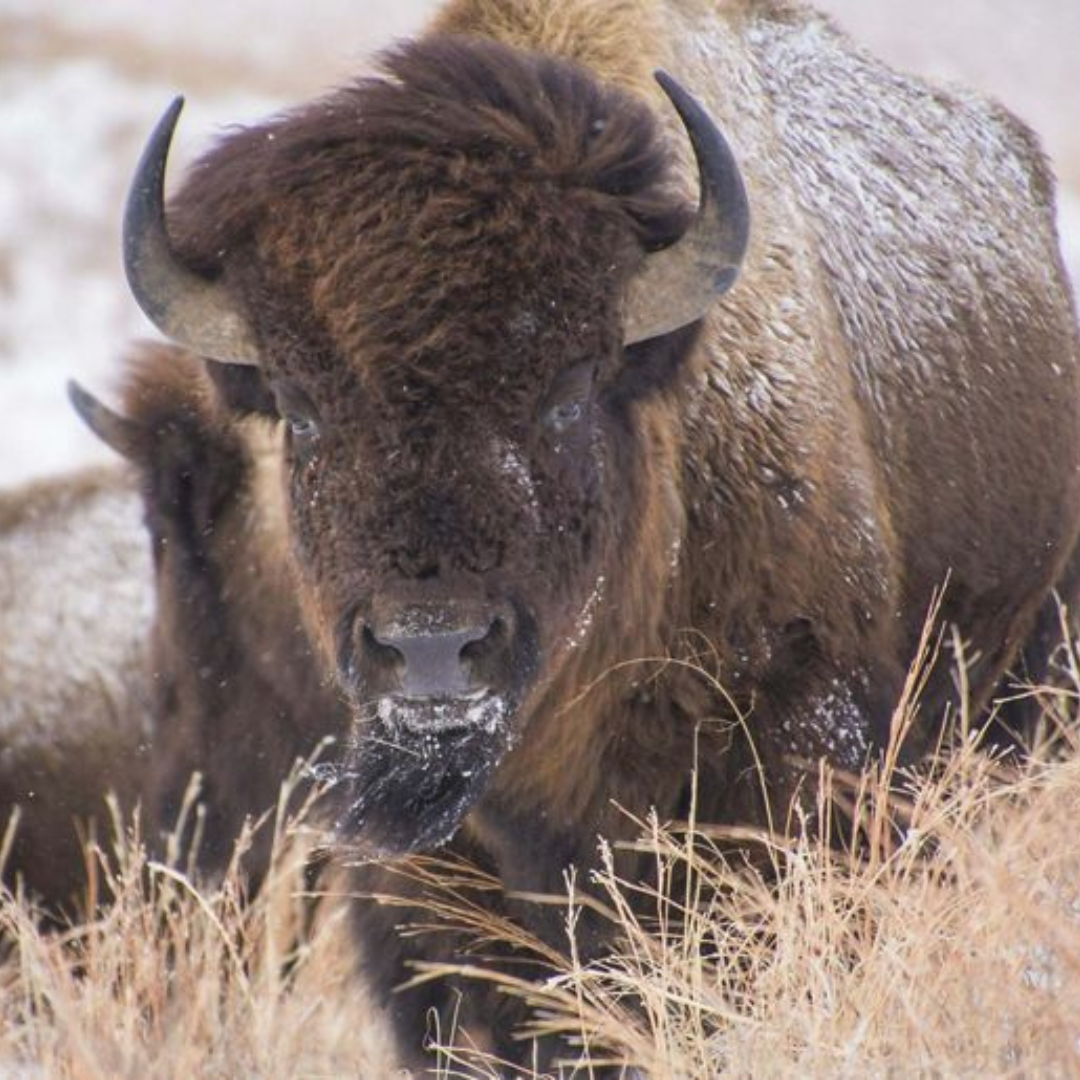
Bringing home bison.
We're helping return bison to Native Nations and communities by supporting Indigenous partners working to preserve this historical, cultural, traditional and spiritual relationship for future generations. Learn more
-
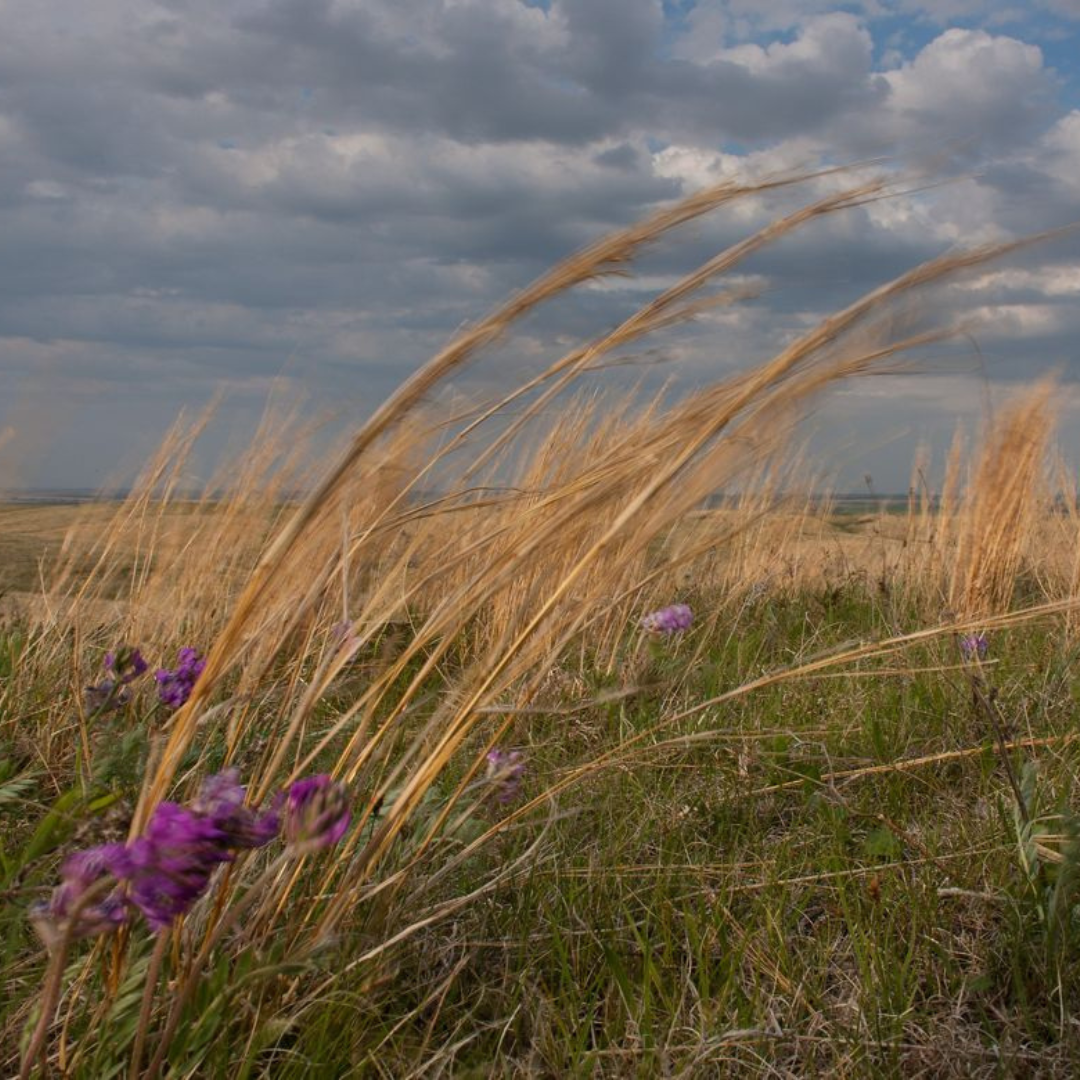
Advocating for healthy grasslands.
We’re helping advance public funding and policy supporting grassland protection and restoration and the ranchers who steward our grasslands. Learn more
Protected Grasslands

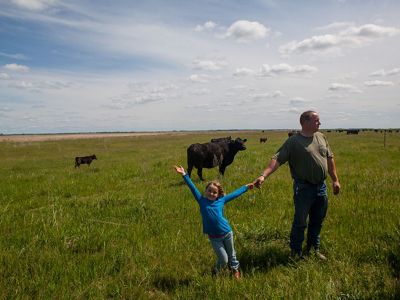
Explore Our Work in Grasslands
The other side of prairie life
How a tiny fish made a big comeback in southwest Minnesota’s prairies.
Growing horse-high grass
A North Dakota rancher conducted a controlled burn on his property. The results were unbelievable.
Slowing down water
South Dakota ranchers are investing in unconventional grazing tactics and river stream health with support from TNC and partners.
Regenerative cattle ranching
How one historic ranch turned over a new leaf and improved profitability, soil health and their quality of life.
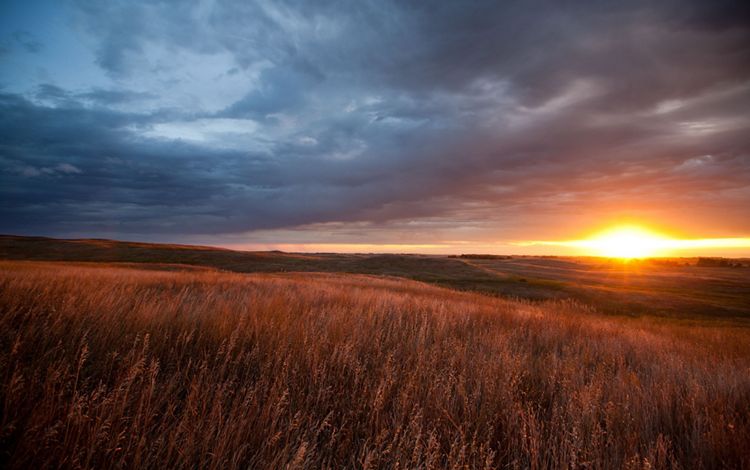
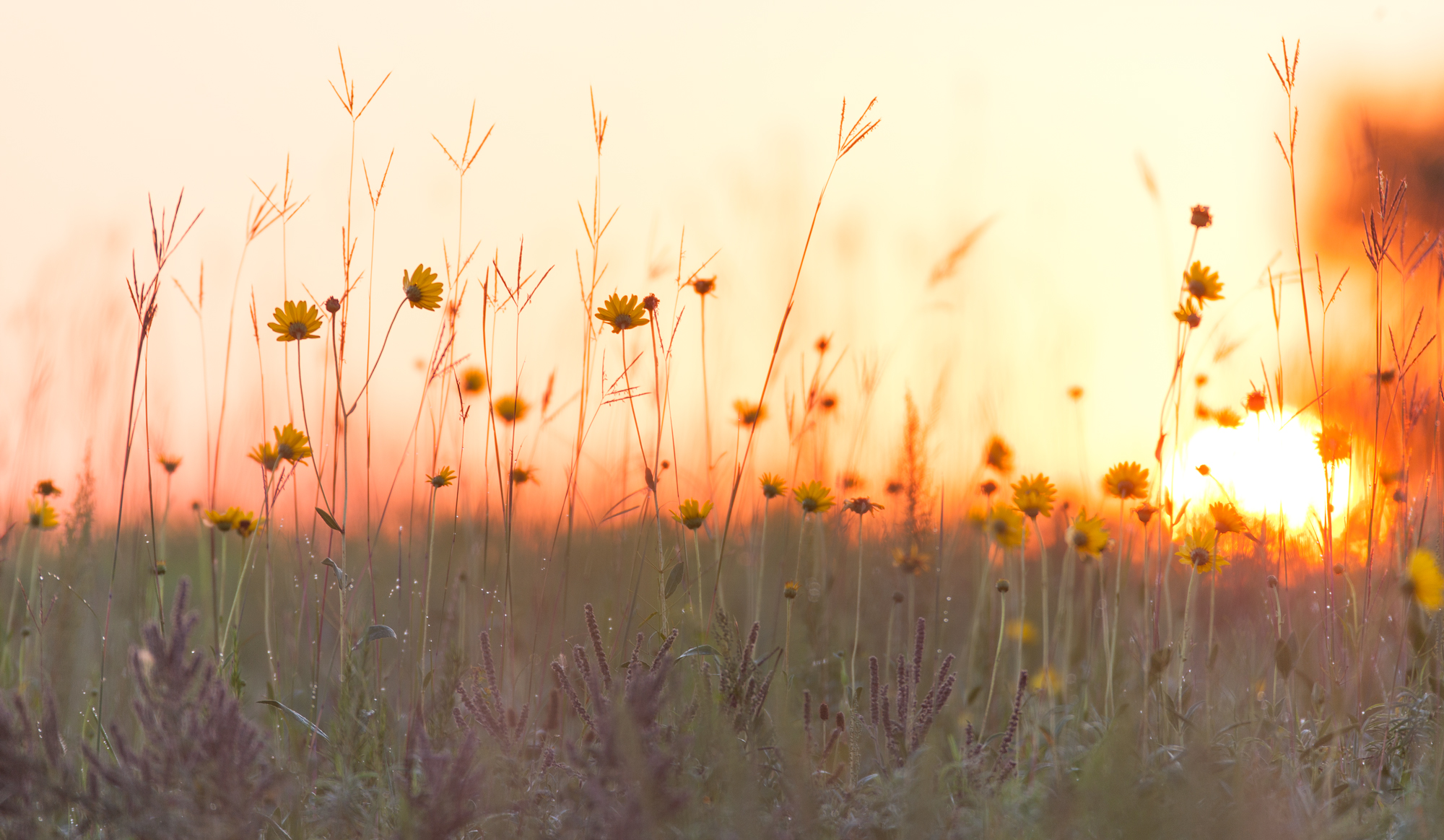
The Climate Connection
In a shifting climate, our grasslands are more important than ever.
Prairie roots reach deep into the soil, extending even farther than their stems reach above ground. This means the majority of grassland life is held underground, where the roots convert and store atmospheric carbon dioxide in the soil. If that grassland is converted for agriculture or development, the buried carbon is released back into the atmosphere, contributing to climate change.
That’s why grassland protection is a climate solution. We’re working to keep grasslands intact by partnering with ranchers to support conservation practices, bringing bison back to their homelands and advocating for good grassland policies.
Grasslands are already experiencing the effects of climate change. We’re focused on supporting greater species and genetic diversity to boost the resilience of grasslands. One way we’re doing that is by sourcing prairie seed for restoration projects from many species and multiple sources to facilitate gene flow between different populations of native species, mimicking the way that seeds used to move freely across wide expanses of unfragmented grassland. This variability increases the potential for adaptation to changes in the environment that is needed for resilience in a changing climate.
Help us protect grasslands
By subscribing and giving, you help support our work to protect the lands and waters on which all life depends.



